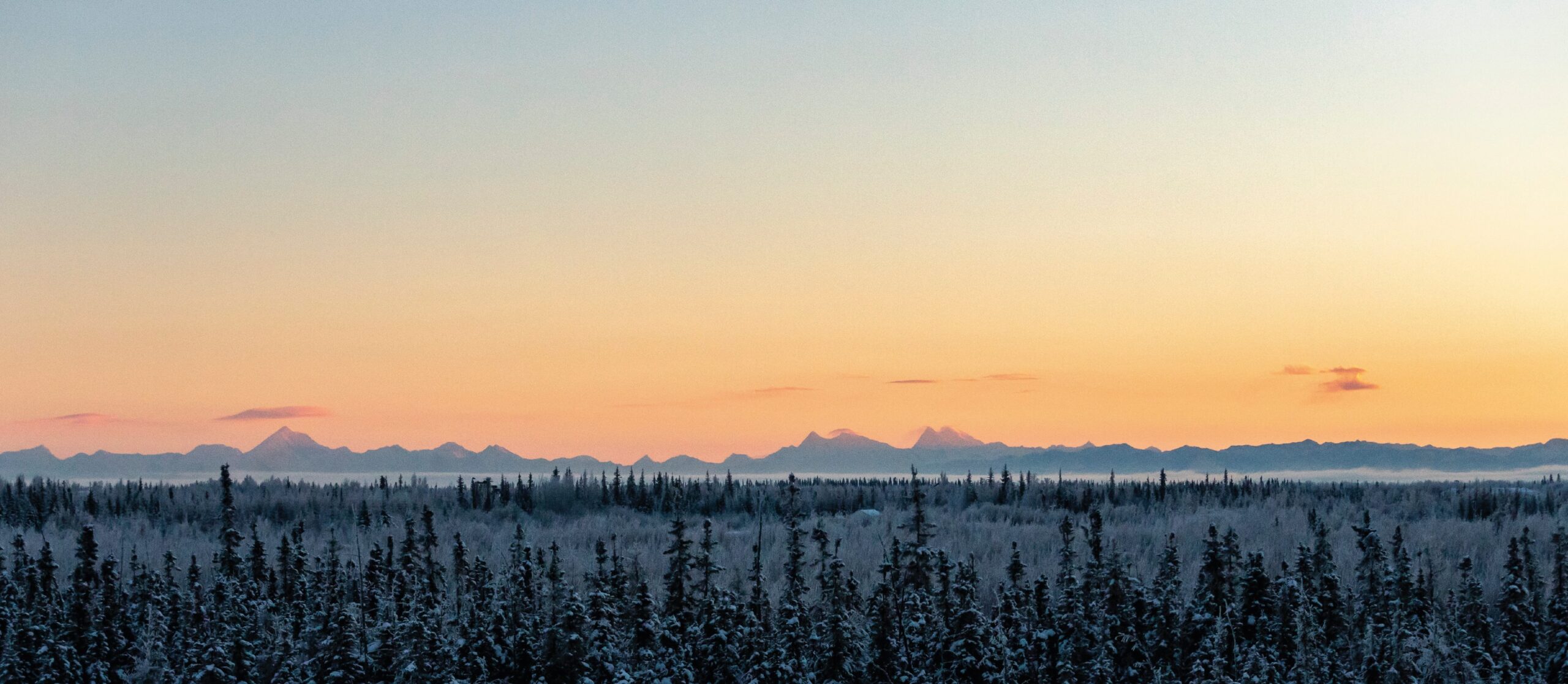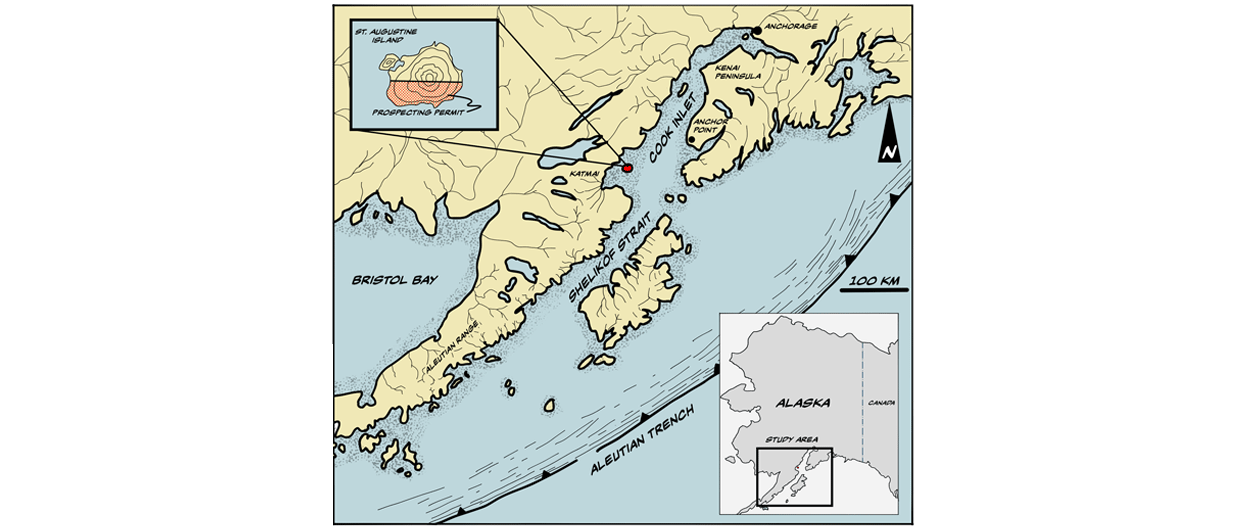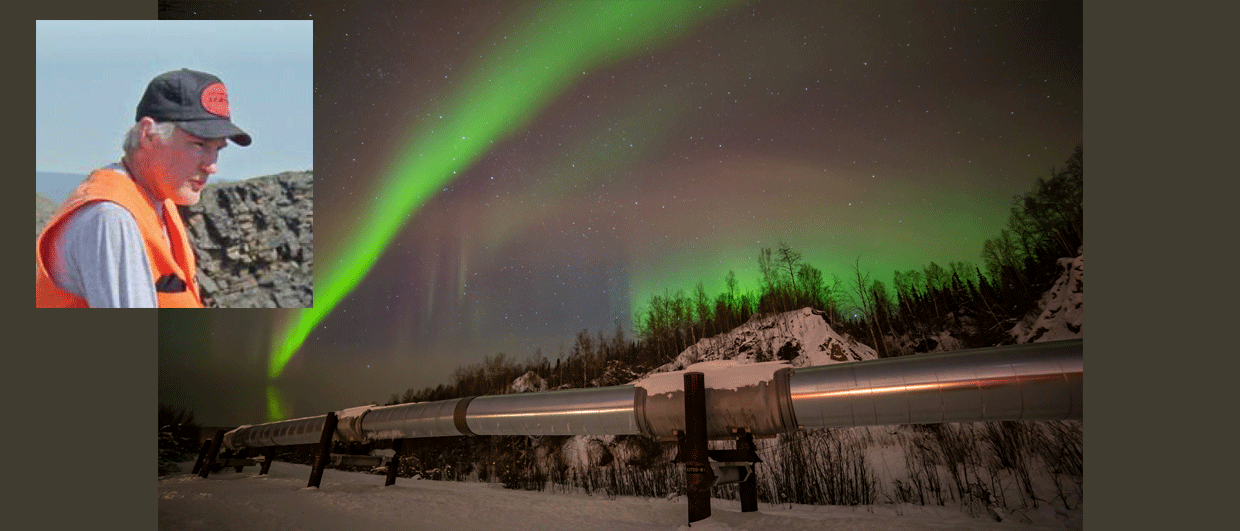In August last year, Australia-based Santos decided to develop the Pikka discovery on the North Slope of Alaska. It was not Santos that discovered the field, which contains almost 400 MMBoe in 2P reserves. Proven in 2013, it was the small company Armstrong Oil & Gas that, partnered with operator Repsol, drilled the first well.
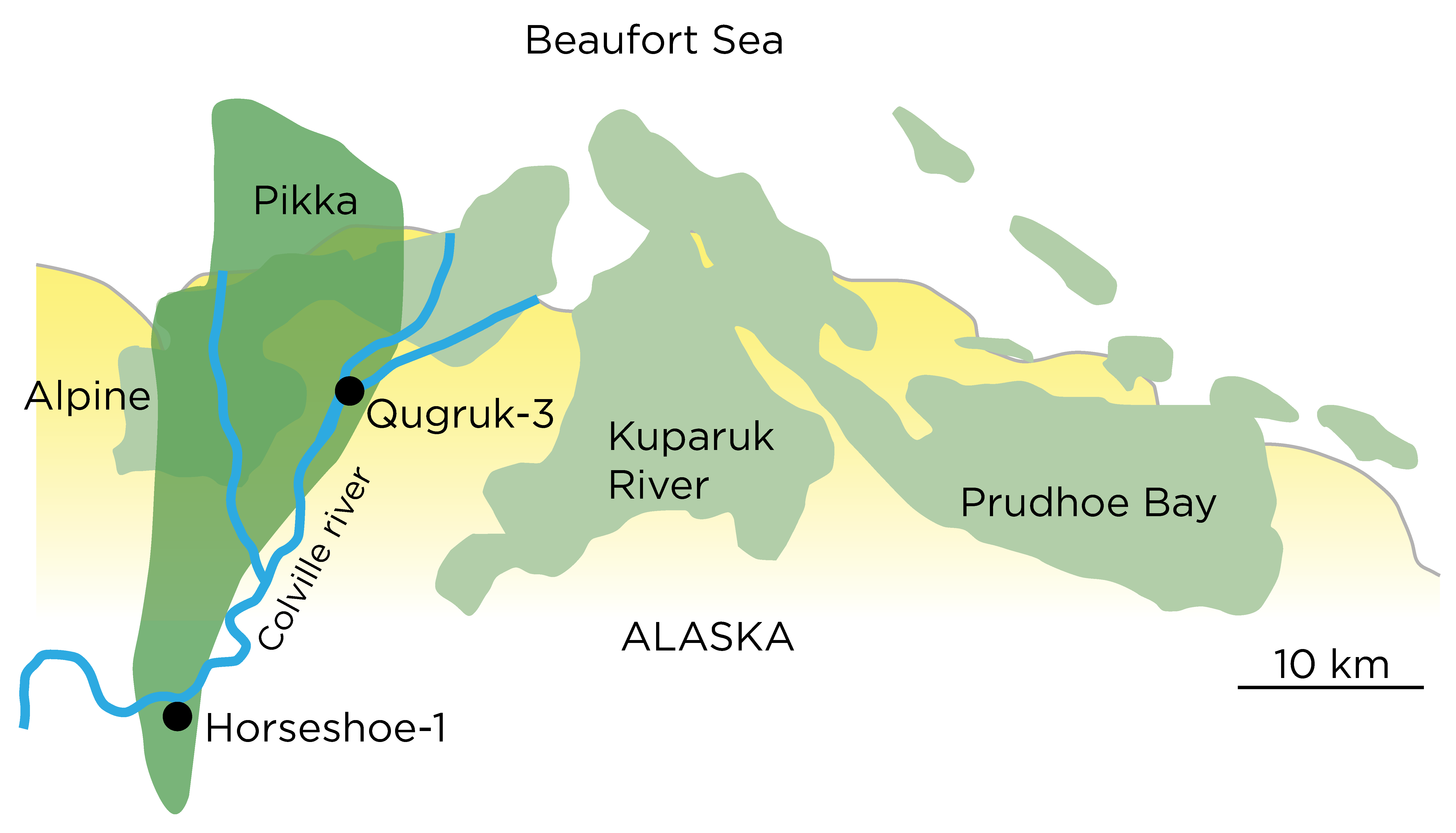
How did a small company find such a significant field as Pikka? At the end of the day, there are some major fields both to the east (Kuparuk River and Prudhoe Bay) and to the west (Alpine), in deeper reservoirs than where Pikka was found in.
As Jesse Sommer from Armstrong Oil & Gas explains in this video, the area of the Pikka discovery is situated right beneath the Colville river. Together with the many lakes that are situated on either side of the river, the acquisition of seismic data had always been an issue because even in the midst of winter the water did not completely freeze. This limited source locations.
That is why the near-offsets were not widely available for the area, which limited the imaging especially of the shallower prospects at the depths where Pikka was later found (around 1,000 m). In addition, the absence of near-offset data also prevented the use of AVO techniques. But data quality was not the only reason Pikka was discovered late.
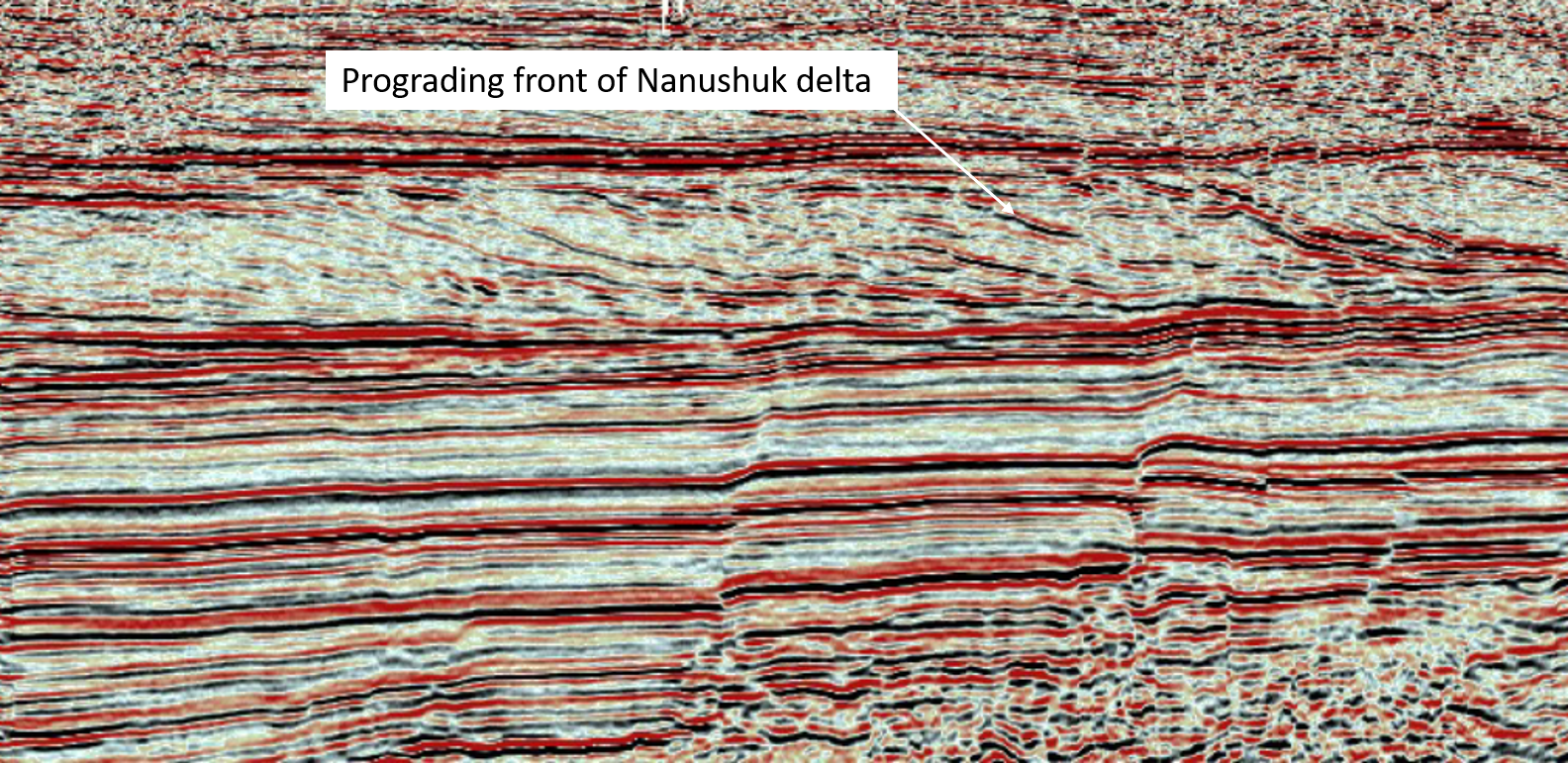
Until that moment, the Cretaceous Nanushuk Fm, in which the Pikka oil is reservoired, had not been the main focus of exploration for a long time. Although it was proven to be a host for hydrocarbons from the start of exploration in the area in the 1950’s, the small volumes found mainly further south were too small to warrant development. When Prudhoe Bay was discovered, the biggest US onshore field, attention focused on the deeper part of the stratigraphy and the Nanushuk play was forgotten.
It was the realisation that stratigraphic traps are generally overlooked that made the people from Armstrong Oil & Gas realise that there may be something to explore for in the North Alaska foreland basin. Namely, Nanushuk prospects rely on stratigraphic pinch out of shelf delta sands.
So, following careful mapping of the eastward-prograding Albian-Cenomanian delta fronts, the company concluded that these sands formed a decent secondary target to the primary Jurassic target they had mapped a little bit deeper.
The discovery well Qugruk-3 did indeed find an oil-bearing Nanushuk sand at around 1,200 m. The thickness of the sandstone and the pay zone exceeded expectations, which prompted a more targeted drilling campaign that ultimately also led to the drilling of the Horseshoe prospect in 2017 and the realisation that the two prospects were in fact part of the same pool. Pikka was born, and first oil is now expected in 2026 at a rate of 80,000 barrels/day.

